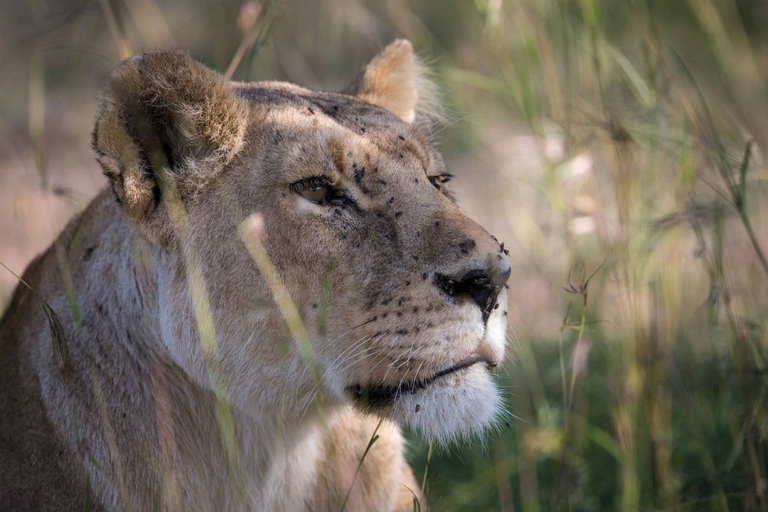
Our species took its first steps in a world covered in trees. Today, forests offer us sustenance, shelter, and clean the air that we breathe.
Per la prima volta sarà possibile vivere in diretta l’incontro notturno con i leoni nel Masai Mara e il reinserimento di alcune tartarughe marine nell’Oceano Indiano.
Internet connection, a smartphone and the Periscope app. This is everything you need to be brought (virtually) to some of Kenya’s most beautiful natural reserves. You will have the feeling of being on a safari, side-by-side with guides and rangers, thanks to 50 live broadcasts delivered over 11 days by the #KenyaLive initiative.
Directly from the Masai Mara Game Reserve and the Watamu beach, people will experience night-time lion interaction and the release of rehabilitated sea turtles back into the Indian Ocean live.
LIVE on #Periscope: Watch elephants – on safari at sunrise #KenyaLive https://t.co/mMOP5BI7mZ
— HerdTracker (@HerdTracker) 9 Gennaio 2016
The project realised by Make It Kenya, international campaign of the State Department of East African Affairs aimed to promote and enhance the country’s tourism and trade, has been carried out in partnership with HerdTracker, platform that allows following migrations live on Google Maps. The live broadcasts started on 7 January and will run until 18 January.
GoPros, 360-degree and underwater cameras will film in real time the life in the savannah and in the depths of the ocean in some of Kenya’s most important natural reserves. People can admire lions in the wild in the Olare Motorogi and Naboisho conservancies of the Maasai Mara, in something that could be defined as a real-time documentary.
From 14 to 18 January the team of HerdTracker will travel to the coastal town of Watamu to host a live broadcast of the release of some individuals of rehabilitated loggerhead sea turtles, ready to be sent back into their natural habitat.
The project aims to show viewers across the world the two natural areas, allowing them to admire dolphins swimming in the ocean or lions playing at night in the savannah.
Siamo anche su WhatsApp. Segui il canale ufficiale LifeGate per restare aggiornata, aggiornato sulle ultime notizie e sulle nostre attività.
![]()
Quest'opera è distribuita con Licenza Creative Commons Attribuzione - Non commerciale - Non opere derivate 4.0 Internazionale.
Our species took its first steps in a world covered in trees. Today, forests offer us sustenance, shelter, and clean the air that we breathe.
Poachers in Africa are encroaching on wildlife land and killing rhinos in travel hot spots now devoid of visitors due to the coronavirus pandemic.
Actor and environmental activist Leonardo DiCaprio has contributed two million dollars to a fund to protect Virunga National Park in Congo from threats such as terrorism, the coronavirus and poaching.
For the first time in seventeen years, Iceland’s two main whaling companies won’t resume whale hunting. The announcement concerns this year’s season but could carry into the future.
The relationship between the coronavirus and wildlife is complex: while the pandemic may lead to a reduction in the illegal trade in wild animals, it may also encourage it in other respects.
The largest coral reef in the world is severely threatened by climate change, but researchers are developing strategies that could contribute to saving the Great Barrier Reef.
NGO Free the Bears has opened a mountain sanctuary for moon bears in Laos. With the government’s help, it aims to close all bile farms by 2022.
Seychelles have extended its marine protected area, which now covers over 400,000 square kilometres, an area larger than Germany.
The tapir was reintroduced into Brazil’s Atlantic Forest, the country’s most at-risk ecosystem. The species can play a key role in the forest’s recovery.








